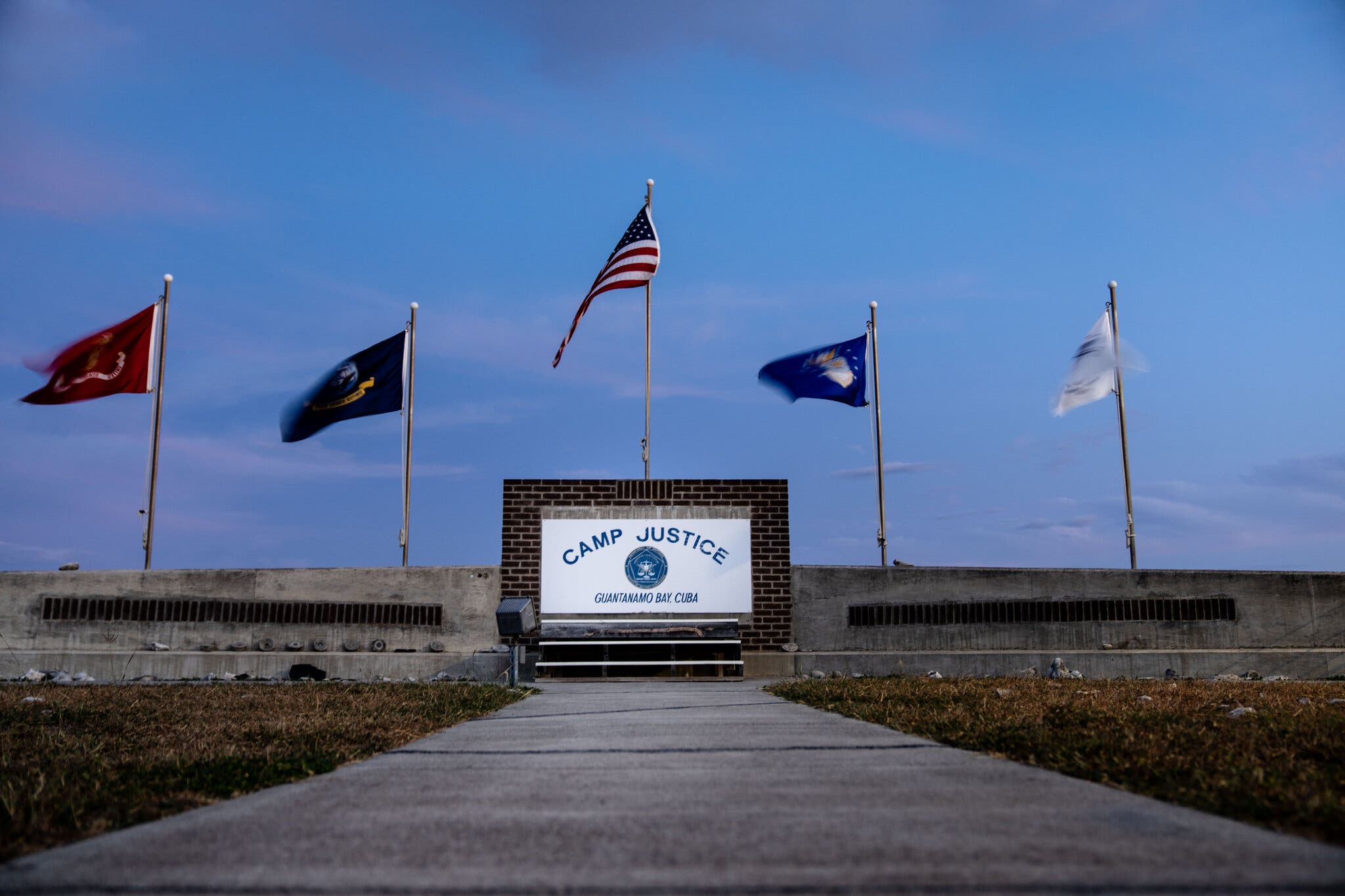
“Torture goes against everything we stand for as a nation, and we must never again resort to its use,” words spoken by the President of the United States in June of this year. President Joe Biden condemned the use of torture, along with the United States’ history of torture, in a press release on the International Day in Support of Victims of Torture.
Last week, a jury heard testimony of one small aspect of that torture for the first time. Majid Khan, a Pakistani citizen and a former resident of Baltimore, told the story of the years he spent detained by the United States government after initially being captured by Pakistani authorities in 2003. Khan was accused of a variety of crimes related to terrorism, to which he plead guilty in 2012. His sentencing, however, took place just last month. Here is where Khan became the first to uncover what the United States has been keeping the lid on for the last two decades: the details of how far we were willing to fall in the aftermath of September 11, 2001.
Just six months after September 11th, the first black site was opened by the Central Intelligence Agency (CIA). The black sites were locations outside of the United States where the CIA intended to hold and interrogate individuals suspected of terrorism. Their goal was to find Osama Bin Laden, and take down al-Qaeda. In reality, the program was a hot bed of torture – torture that often produced “faulty intelligence” which, at times, was “counterproductive in the broader campaign against al-Qaeda.” Despite this, the black sites continued to function until 2009. Since the conclusion of the program, the CIA has maintained that its operatives did not go any further than the “enhanced interrogation techniques” approved by President George W. Bush.
However, Khan’s testimony painted a starkly different picture, one of “dungeonlike conditions” within which he was stripped of his clothing and physically chained, then subject to treatment including isolation and sexual abuse. Following his testimony to a jury of eight senior military officers, they described the treatment as not enhanced interrogation techniques, but rather “close to torture performed by the most abusive regimes in modern history.” That statement came from a letter in which seven of the eight members of the jury urged the government to grant Khan clemency, beyond the 26-year minimum sentence associated with his crimes. Khan has already completed nine of those years since his trial in 2012; the years he spent in United States detention centers before that are not transferable to his sentence.
The story of Majid Khan is not unique. He was not the first detainee subject to torture by the United States, nor was he the last. This treatment is not new information. For years, rumors have swirled about the treatment of terrorists by the CIA. Entire congressional committees have been formed in pursuit of uncovering what was actually occurring at the black sites. In every case, the details have been more and more damning: the torture of innocent individuals, the lack of information gathered, the untouchability of the CIA’s operatives, and more.
Nonetheless, those responsible have remained untouched. They walk free, while the people subject to this brutality remain behind bars, twenty years down the road, with their futures still in the hands of those who treated them as less than human. To some, this may be righteousness. There is a belief among many, even still, that this treatment was what has safeguarded the United States from further foreign terrorism. This cruelty is what has protected our life and our liberty. However, this belief fails to recognize what the rest of the world sees so clearly; in allowing our government to go further than they ever had before, and in accepting that this is our new, and necessary, normal, we brought a newfound form of terror upon ourselves. One that is all our own, and leaves us living in a reality where our own government could turn this treatment upon anyone, at any time. We are not a beacon of hope, or of strength; we are a beacon of inhumanity.
